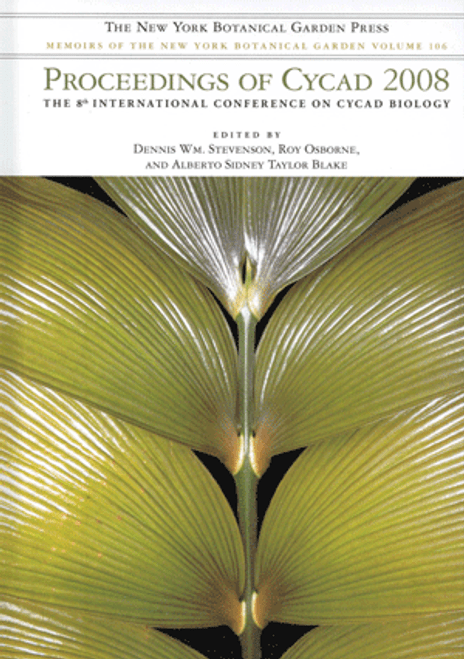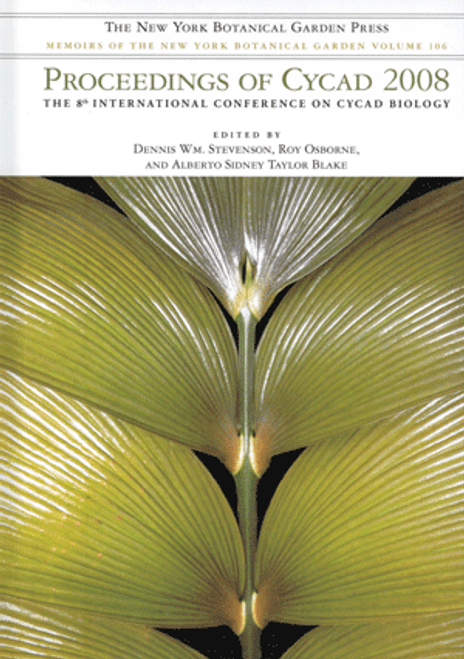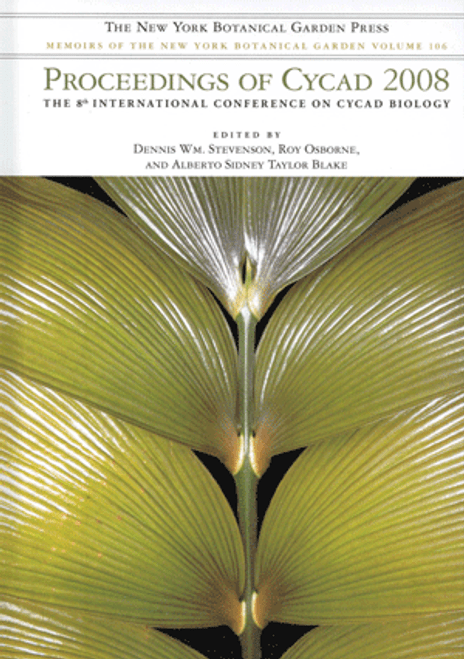This purchase only includes chapter 27 of this title.
Abstract
We carried out phylogenetic analyses on Dioon Lindl. based on RFLPs from the chloroplast genome, morphology, two introns of the low-copy nuclear gene S-adenosyl-L-homocysteine hydrolase, and the 5.8S/ITS2 regions of the nuclear ribosomal DNA. Our goals were threefold: (1) to investigate previous hypotheses suggesting that the genus is composed of two major groups (i.e., the Edule Clade and the Spinulosum Clade), (2) to test a current biogeographic hypothesis suggesting that there is general northward pattern of migration and speciation, and (3) to determine the utility of nuclear ribosomal genes for phylogenetic reconstructions in the genus. All analyses, except those inferred from the 5.8S/ITS2 data set, supported the division of the genus into two major clades. Our study suggests that speciation events may have followed a south to north expansion track, with the four species occurring north of the Mexican Transverse Volcanic Mountain Range (i.e., D. angustifolium, D. edule, D. sonorense, and D. tomasellii) being more recent than those from southern latitudes. Our research agrees with other published studies suggesting that nuclear ribosomal genes can be problematic for phylogenetic reconstructions. A separate phylogenetic study based on 5.8S/ITS2 nucleotide sequences produced from this study and available from GenBank revealed that different accessions from any single species did not cluster together.











